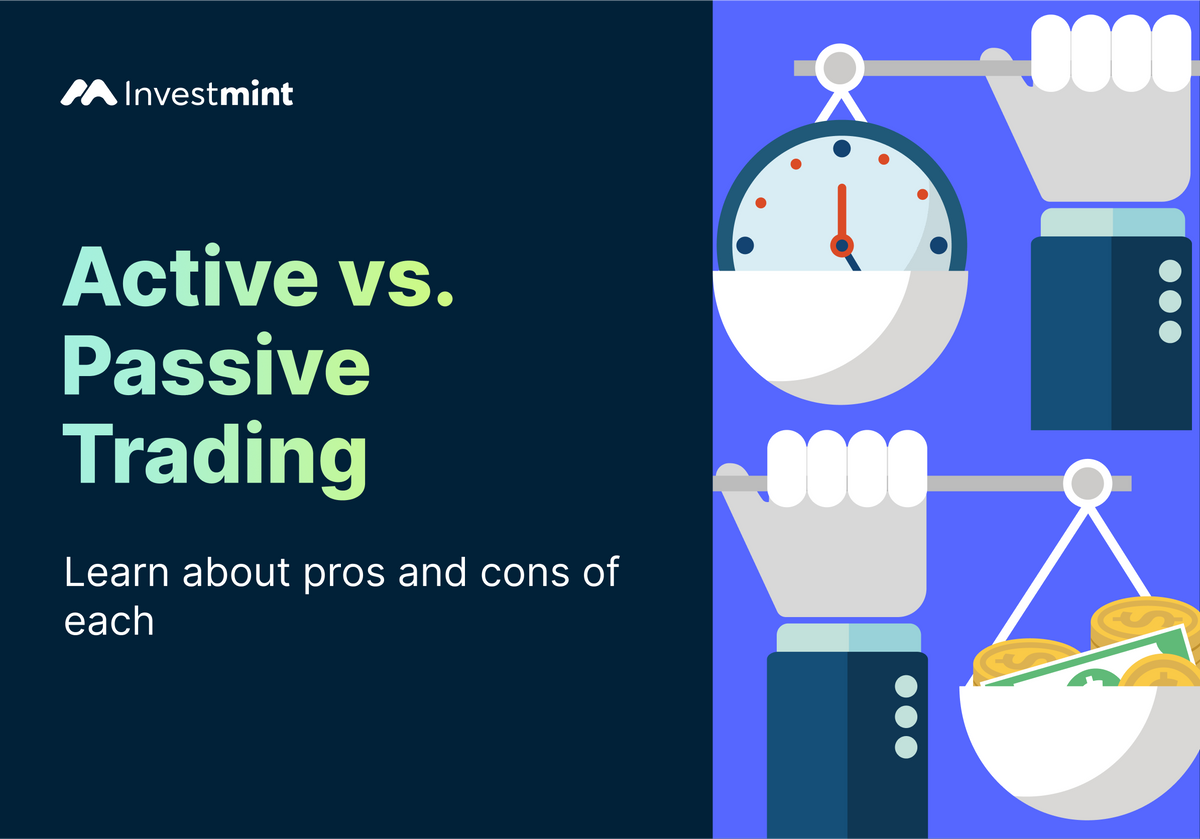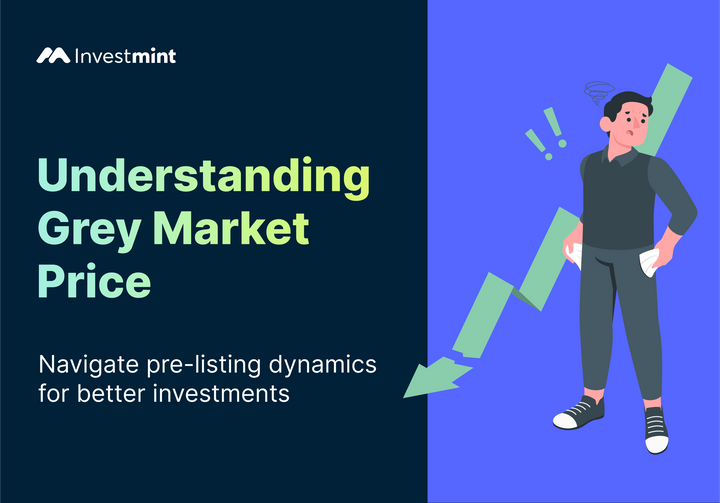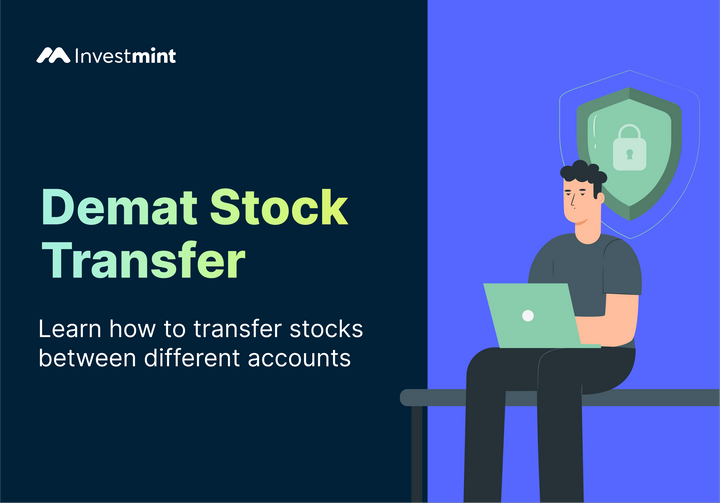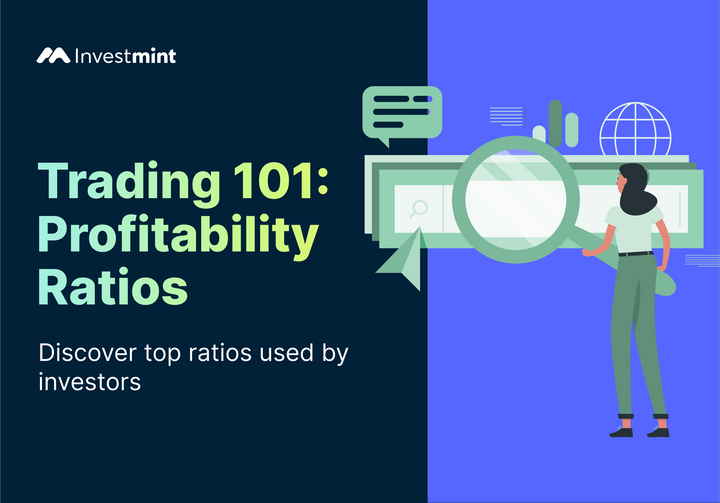Active vs Passive Investing - Which One Is Better For You?
Discover active and passive investing, strategies and methods. Choose based on risk, time horizon, and goals for a better financial portfolio.

Introduction
Active investing and passive investing represent two distinct approaches to managing investment portfolios. Portfolios can be actively or passively managed, catering to the preferences and goals of different investors.
Experienced and proactive investors often adopt an active approach, seeking to capitalise on market dynamics. Conversely, newer investors and those with a focus on long-term gains tend to favour a passive strategy. Active portfolio management aims to surpass market indices and achieve superior performance, while passive investors aim to build wealth by aligning with market trends.
Understanding Active Investment Strategies And Actively Managed Portfolios
An actively invested portfolio refers to a portfolio where the investor engages in dynamic market participation with the goal of surpassing a specific market index. Active investors employ various strategies, including fundamental and technical analysis and market timing, to achieve returns that outpace the broader market.
Key Characteristics Of Actively Managed Investments
- High Turnover: Actively managed portfolios typically exhibit a higher turnover rate. This reflects the objective of frequent buying and selling to secure returns superior to the overall market.
- Research and Analysis: Active investors conduct comprehensive research and analysis to identify stocks that can outperform the market.
- Risk Management Strategies: Active investors employ risk management strategies to mitigate potential losses, addressing the inherent volatility in the market.
- Flexible Portfolios: Actively managed portfolios offer flexibility, allowing alignment of trades with specific investment objectives.
Pros Of Active Investing
- Flexibility: Ability to adjust the portfolio in response to changing market conditions.
- Higher Potential Returns: The opportunity to earn returns higher than the market average and outperform benchmarks.
- Exploiting Inefficiencies: Skilled investors can leverage market inefficiencies to their advantage.
- Skill Testing: Active investing tests your market skills, providing an opportunity to showcase your investment techniques and trading strategies.
Cons Of Active Investing
- High Risk: Increased risk of underperforming the broader markets.
- Higher Costs: Elevated expenses and fees associated with active management.
- Time and Effort: Requires dedicated time, effort, and extensive research.
- Potential for Excessive Losses: Poorly planned and executed strategies may result in significant losses.
Examples Of Actively Managed Investments
Mutual Funds:
Mutual funds, managed by expert fund managers, exemplify actively managed investments. Trades are executed with a focus on optimising fund performance.
Experienced Investors:
Seasoned investors with years of market experience leverage their expertise to identify trends and predict market movements.
Hedge Funds:
Hedge funds, known for aggressive management, closely monitor performance to make informed investment decisions.
Understanding Passive Investment Strategies And Passively Managed Portfolios
A passively invested portfolio is characterised by a longer-term holding approach, in contrast to active investing strategies. Passive investment strategies typically involve holding stocks over an extended period, with a common method being through index-traded funds (ETFs). The primary goal of these funds is to attain the benchmark return of the selected index.
Key Characteristics Of Passively Managed Investments
- Diversification: Passively invested portfolios embrace greater diversification, investing in various stock types and a range of companies across sectors.
- Lower Costs: Passively managed portfolios require less monitoring time and effort, resulting in lower associated costs compared to actively managed portfolios.
- Minimal Turnover: Passively invested portfolios exhibit lower turnover in buying and selling stocks. The frequency of these activities is significantly reduced.
- Returns: Returns from passively managed investments are more consistent and systematic. The objective is to track a specific index, minimising the consideration of individual stock underperformance or overperformance as a risk.
Pros Of Passive Investing
- Lower Costs: Reduced costs compared to active investing, as it involves minimal trading and management.
- Time Efficiency: Lower time and effort investment, making it suitable for investors with a more hands-off approach.
- Diversification: Access to a broad range of assets, promoting portfolio diversification.
- Consistent Returns: The stable and consistent performance of passive investments makes them attractive compared to the more volatile nature of active investing.
Cons Of Passive Investing
- Market Downturns: Larger potential losses during market downturns, as the portfolio mirrors market performance.
- Limited Flexibility: Less flexibility to adjust to rapidly changing market conditions.
- Limited Reaction to Market Changes: Passively managed portfolios have limited ability to react to immediate market changes.
- Lower Potential for Outperformance: The likelihood of a passive portfolio outperforming an index is low, which may seem less attractive to some investors.
- Lower Tax Efficiency: The tax efficiency of a passively managed portfolio is generally lower than that of actively managed portfolios due to the longer holding periods of stocks.
Examples Of Passively Managed Investments
Exchange Traded Funds (ETFs) and Index Funds:
These funds replicate a specific market index, aiming to deliver similar returns.
Fixed Deposits, Public Provident Funds, National Pension Schemes:
These are examples of passive investments with a focus on stability and long-term returns.
Active vs Passive Investing
| Factors | Active Investing | Passive Investing |
|---|---|---|
| Strategy | Active investment strategies involve selecting individual stocks using research and analysis. This may or may not be for the long term. The goal is to outperform the market. | Passive investment strategies involve replicating an index and investing in the stocks for a longer period. |
| Management | Active investment involves managing the stocks on at least a daily and regular basis. | The passive investment strategy is more about keeping track of the market but not trading or changing the asset allocation on a daily basis. |
| Expenses | The expenses associated with the passive style of investing are definitely more as the asset allocation changes and the stocks are traded on a continuous basis. | The passive investment has a lower fee and expense structure than the active investment style. |
| Risk | Active investment may involve more risky trades and fewer diversification options. | The passive style is less risky when it comes to diversification but has an overnight risk attached to it. |
| Returns | Active investment may fetch returns that are more than the market. | Passive investments generally stick to the returns that the market is offering. |
Choosing Between Active And Passive Investing: Factors to Consider
When deciding between active and passive investing, various factors come into play, shaping your investment strategy. Here are key considerations to guide your decision-making:
Investment Horizon: The period you intend to hold your stocks.
Your investment horizon influences the suitability of active or passive strategies. Active investing may align with shorter horizons, while passive strategies often cater to longer-term goals.
Risk Appetite: Your willingness and capacity to tolerate risk.
Assessing your risk appetite is crucial. Active strategies may involve higher risks, seeking potential high returns, while passive strategies offer a more stable, lower-risk approach.
Tax Implications: The tax consequences associated with each investment style.
Active and passive investments have distinct tax implications. Understanding these implications is essential for making informed decisions aligned with your financial goals.
Return Expectation: Your anticipated level of investment returns.
Different investment strategies yield varying returns. Consider your return expectations, as active strategies may offer higher potential returns but with increased volatility.
Investment Goals: The financial objectives you aim to achieve through your investments.
While your initial goals may influence your choice, a thorough analysis of your specific situation and goals is necessary. Evaluate whether active or passive strategies align better with your overall investment objectives.
Conclusion
Both active and passive investment options present their own set of advantages and disadvantages. To make an informed decision, consider factors such as your investment horizon, risk tolerance, tax implications, return expectations, and overall investment goals.
Conduct a detailed evaluation of your financial situation and preferences to determine which approach suits you best. Remember that a well-thought-out strategy, aligned with your unique circumstances, is key to choosing between active and passive investments. Whether opting for active funds or passive funds, a thoughtful decision-making process enhances the likelihood of achieving your financial objectives.
Investmint app brings you the latest stock market updates. Ensure you capture today's opportunities by tapping below."



